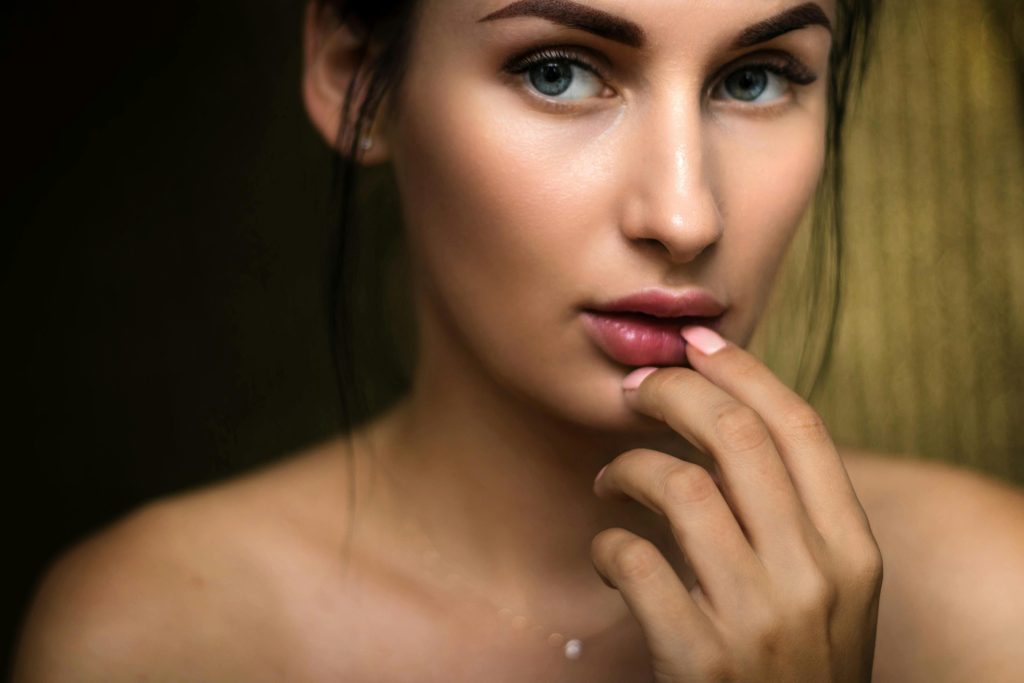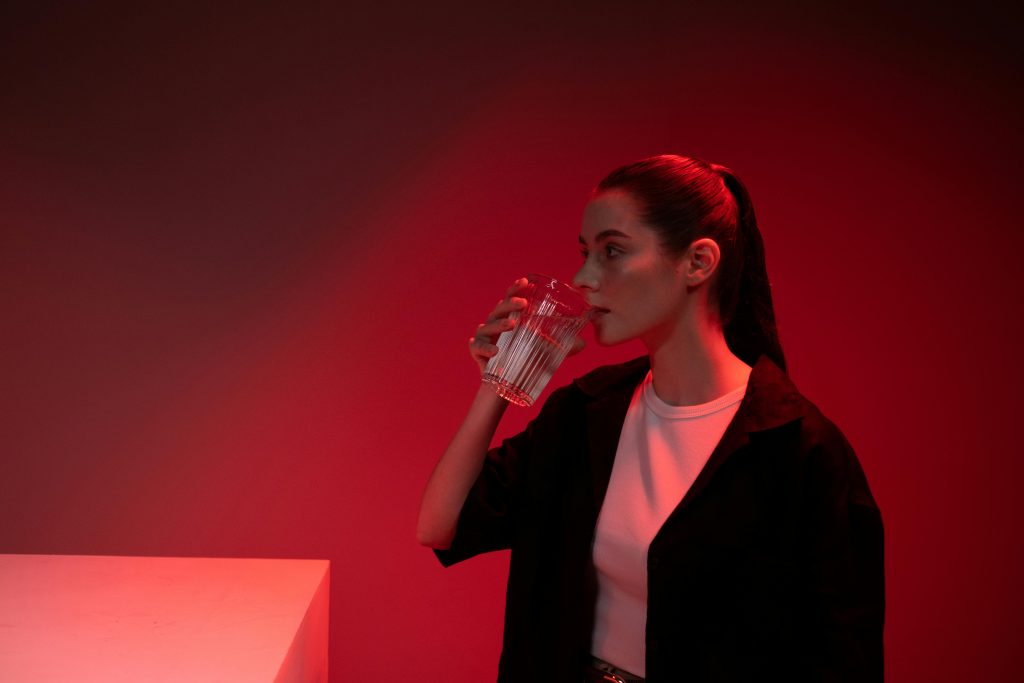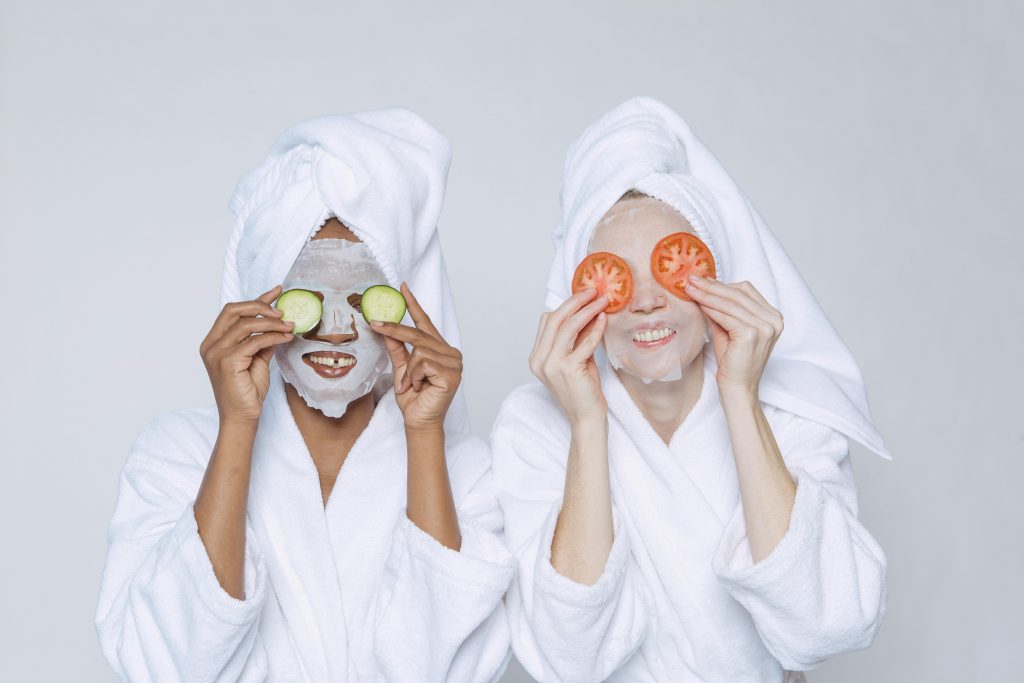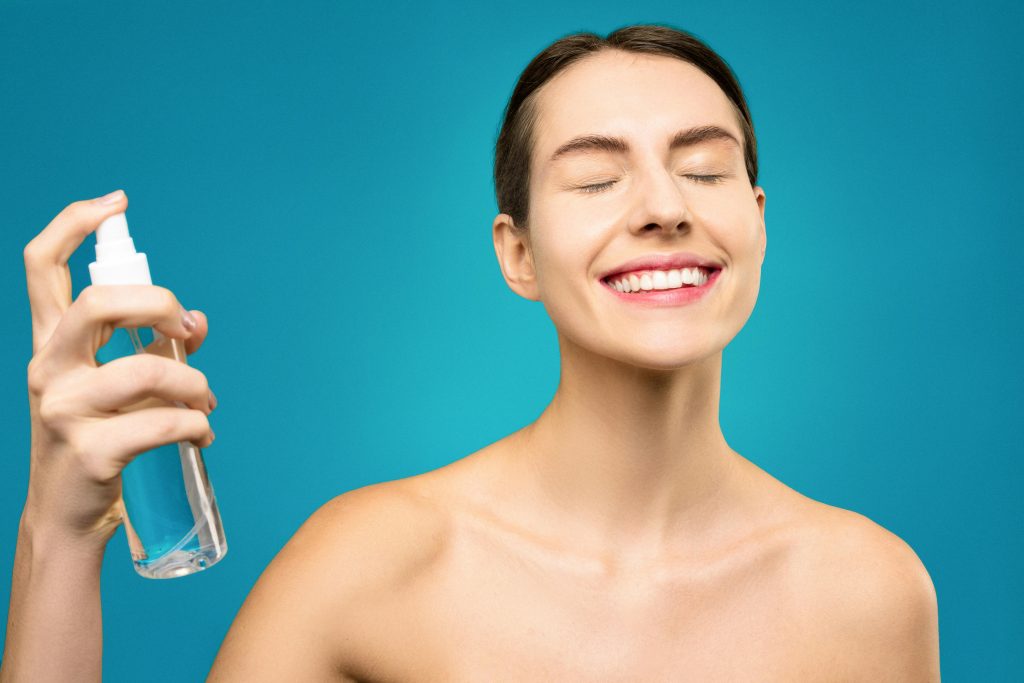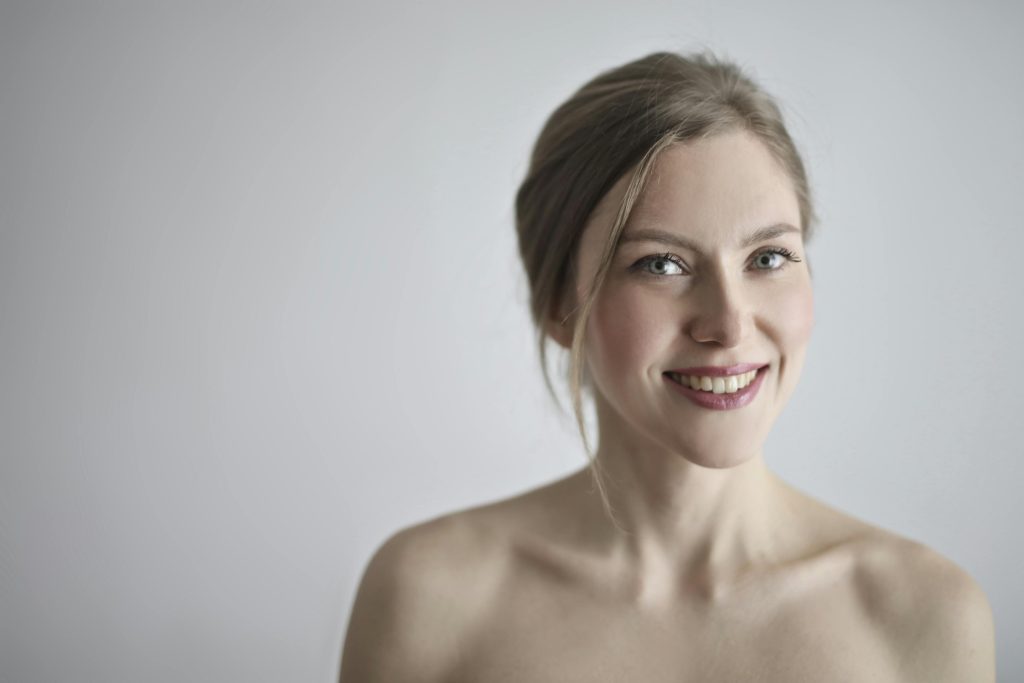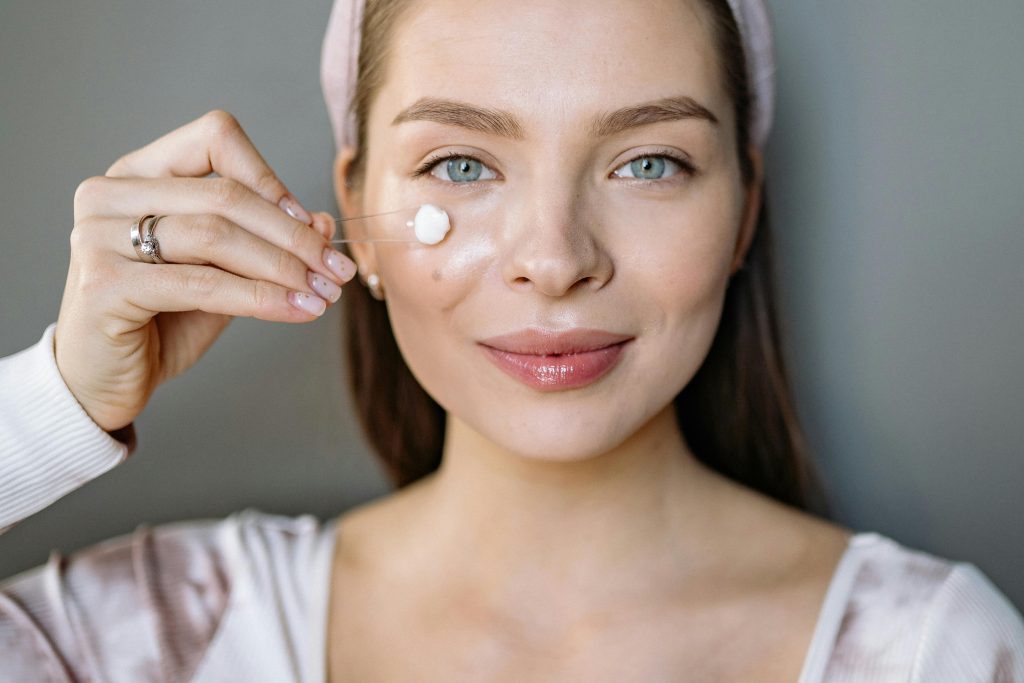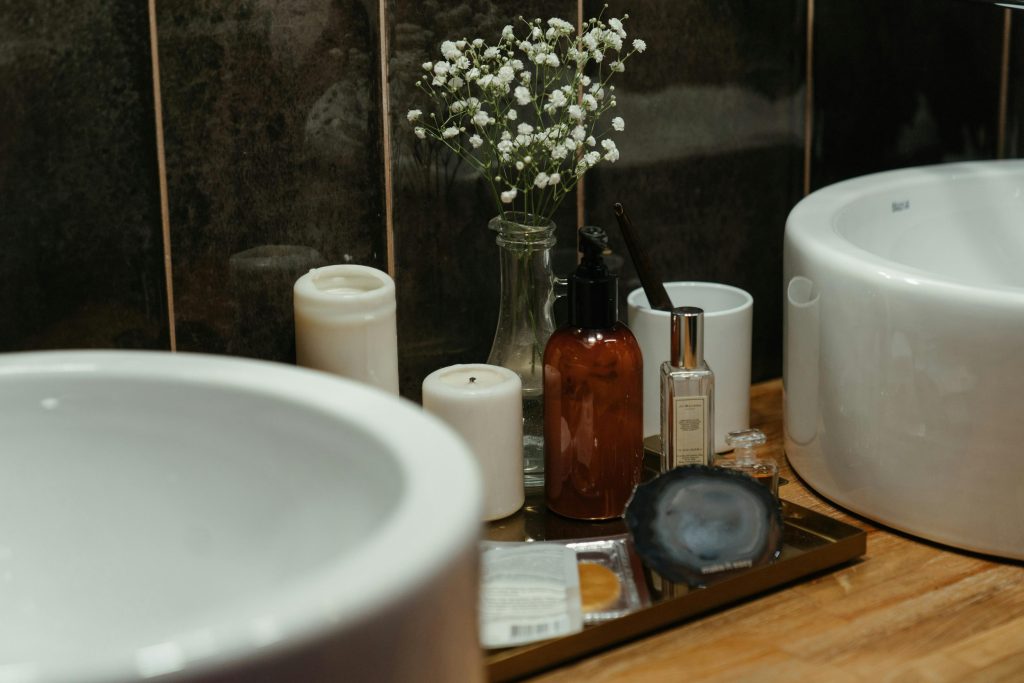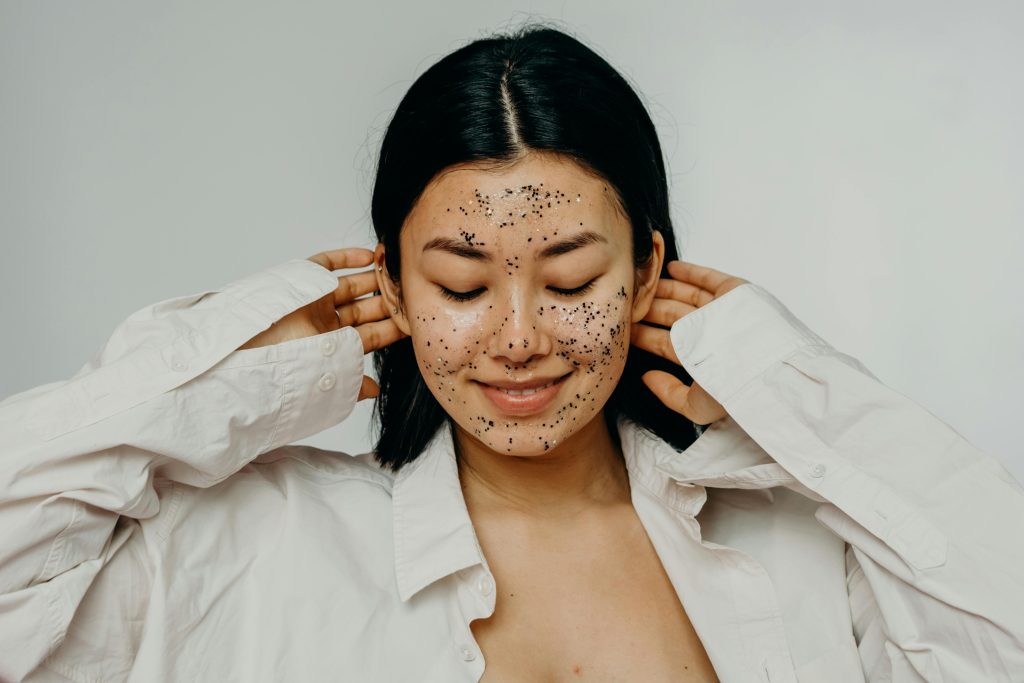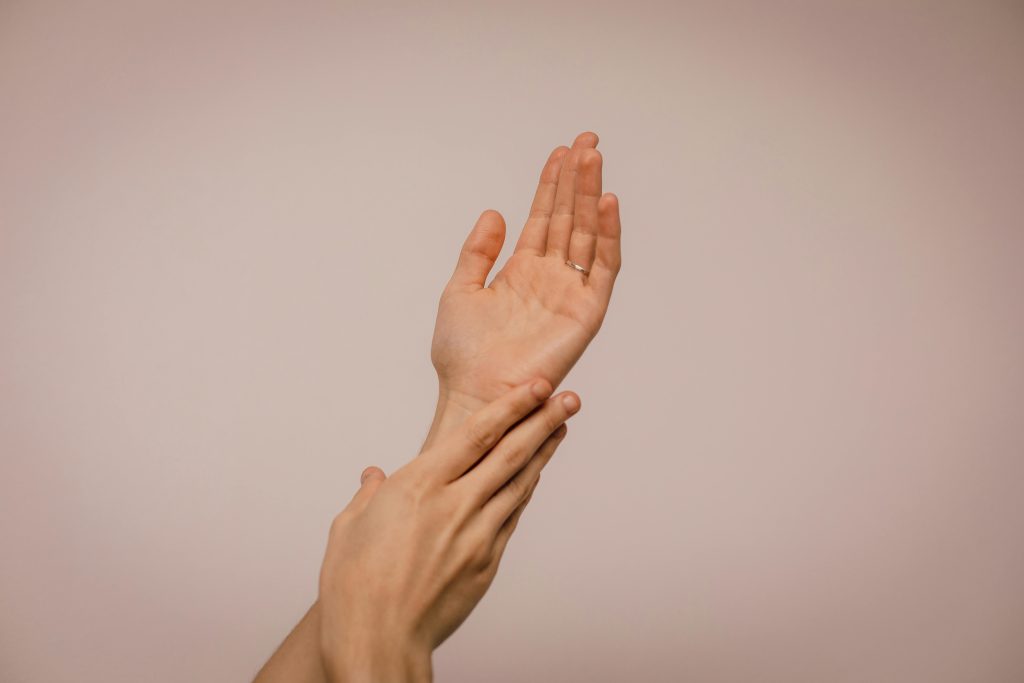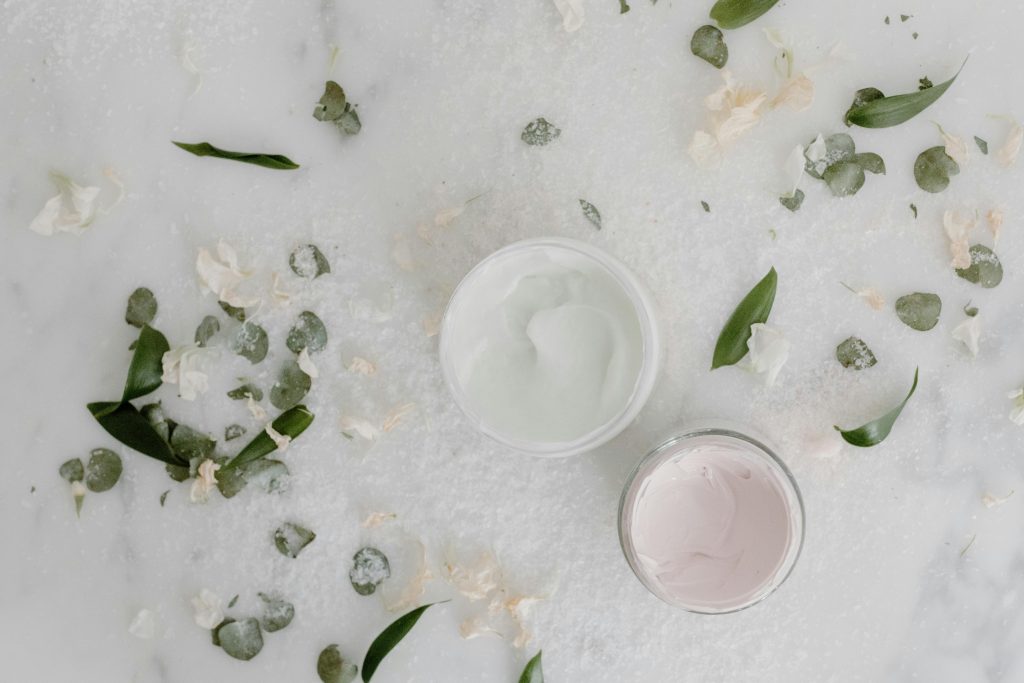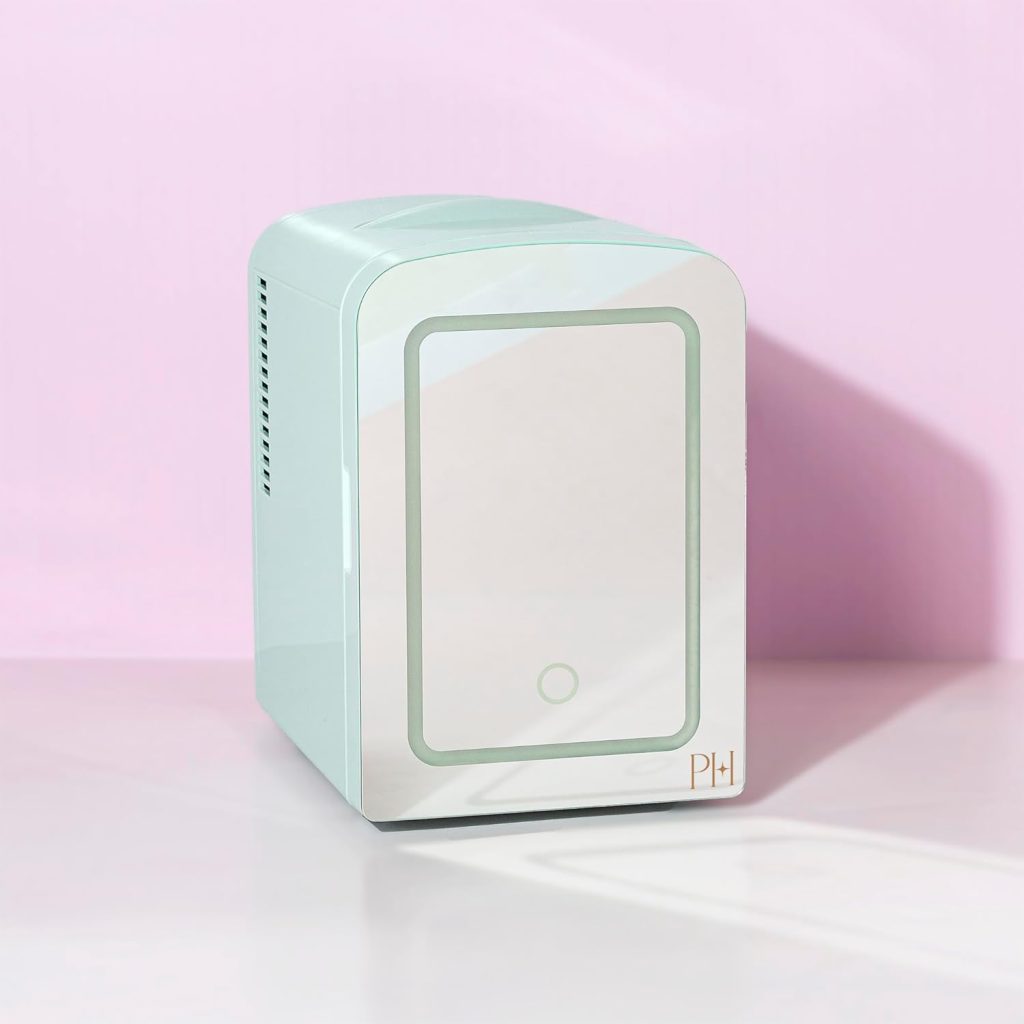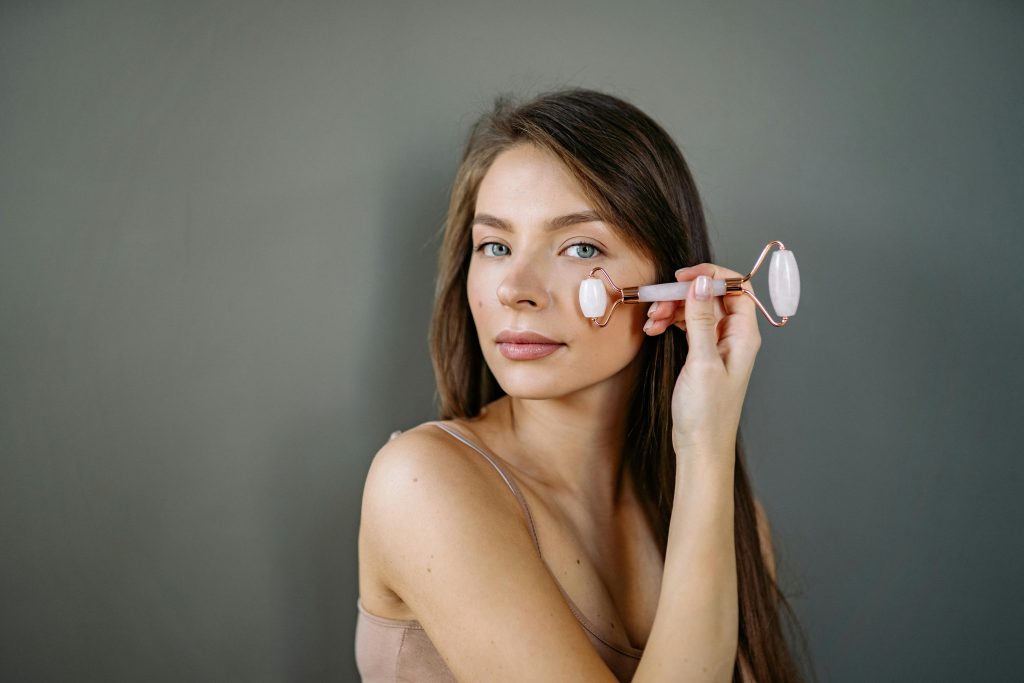
As an Amazon affiliate, I earn a commission for the products linked below.
The Beginner’s Guide to Skincare Ingredients (What Actually Matters)
If you’ve ever read a skincare label and felt like you were decoding a chemistry exam, you’re not alone.
From “niacinamide” to “ascorbic acid,” the world of skincare ingredients can feel like a maze of marketing claims and confusing science.
But here’s the truth: you don’t need to memorize everything, you just need to understand which ingredients actually matter for your skin.
This beginner’s guide breaks down the most effective, science-backed ingredients and includes dermatologist-approved product picks to help you build a smart, results-driven routine.
🔹 Step 1: Know the Categories of Skincare Ingredients
Every formula falls into five main categories:
- Cleansing Agents – Remove dirt, oil, and makeup.
🔹Recommended: CeraVe Foaming Facial Cleanser, La Roche-Posay Toleriane Hydrating Cleanser
- Humectants – Draw moisture into the skin.
🔹Recommended: The Ordinary Hyaluronic Acid + B5, Neutrogena Hydro Boost Water Gel
- Emollients – Smooth and soften skin by filling gaps in the lipid barrier.
🔹Recommended: Paula’s Choice Omega+ Complex Moisturizer, Vanicream Moisturizing Cream
- Occlusives – Lock in moisture and prevent transepidermal water loss.
🔹Recommended: Aquaphor Healing Ointment
- Actives – Target specific skin concerns like acne, wrinkles, or pigmentation.
🔹Recommended: Paula’s Choice 2% BHA Liquid Exfoliant, The Ordinary Retinol 0.2% in Squalane
🔹 Step 2: Learn the Star Ingredients (and What They Do)
Ingredient | What It Does | Best For | When to Use | Recommended Products |
Niacinamide | Regulates oil, calms redness, evens tone | Oily, acne-prone, sensitive | AM/PM | |
Hyaluronic Acid | Deep hydration, plumps skin | All skin types | AM/PM | |
Vitamin C (Ascorbic Acid) | Brightens skin, fades dark spots, antioxidant | Dull or uneven skin | AM | |
Retinol (Vitamin A) | Reduces wrinkles, clears acne | Aging or acne-prone skin | PM | |
Ceramides | Strengthen skin barrier, prevent dryness | Dry, sensitive | AM/PM | |
AHAs (Glycolic, Lactic Acid) | Gently exfoliate, smooth texture | Dull or uneven tone | PM (2–3x/week) | |
BHAs (Salicylic Acid) | Clears pores, reduces breakouts | Oily, acne-prone | PM (2–3x/week) | |
Peptides | Support firmness, elasticity | Mature or dry skin | AM/PM | |
Centella Asiatica (Cica) | Calms redness, repairs barrier | Sensitive or inflamed skin | AM/PM |
🔹 Step 3: Watch Out for Irritating Ingredients
Even “natural” products can cause problems. Here’s what to limit or avoid, especially if you’re a beginner:
🚫 Drying alcohols: “alcohol denat,” “isopropyl alcohol”
🚫 Fragrance & essential oils: can trigger sensitivity over time
🚫 Physical scrubs: microtears can damage the skin barrier
🚫 Overlapping actives: combining retinol + acids too early = irritation
Instead, opt for soothing formulations with ceramides, peptides, or Cica to strengthen your barrier while you explore actives.
🔹 Step 4: Focus on Formulation, Not Buzzwords
Two serums may list “10% niacinamide”, but one can transform your skin while the other does nothing. Why?
Because the delivery system, pH balance, and complementary ingredients determine how well actives perform.
Examples:
- Encapsulated retinol = slower release, less irritation.
- Vitamin C stabilized with ferulic acid = longer shelf life.
- Peptides combined with ceramides = stronger repair synergy.
🧠 In short: don’t buy hype, buy well-formulated science.
🔹 Step 5: Build Smart Ingredient Routines
For beginners, here’s a dermatologist-approved layering template 👇
🌞 Morning Routine:
- Gentle cleanser
- Vitamin C or Niacinamide serum
- Lightweight moisturizer
- Sunscreen SPF 50 (EltaMD UV Clear)
🌙 Night Routine:
- Cleanser
- Hydrating serum (Hyaluronic Acid or Peptides)
- Retinol or gentle exfoliant (2–3x/week)
- Rich moisturizer
FAQs
Should I avoid alcohol in skincare?
Only harsh alcohols. Fatty alcohols like cetyl or stearyl alcohol are actually moisturizing.
What’s the ideal concentration for beginners?
- Niacinamide: 2–5%
- Vitamin C: 5–10%
- Retinol: 0.2–0.3%
- AHAs: 5–8%
How can I tell if an ingredient is irritating me?
Redness, stinging, or tiny bumps are early signs. Stop use and patch test before reapplying.
Do luxury products work better?
Not necessarily. Formulation and ingredient stability matter more than price.
Final Verdict
Skincare isn’t about chasing trends; it’s about understanding what truly works for your skin.
By learning key ingredients, you’ll stop wasting money and start building a science-driven routine that delivers visible results.
The secret? Fewer products. Smarter choices. Consistent care.

